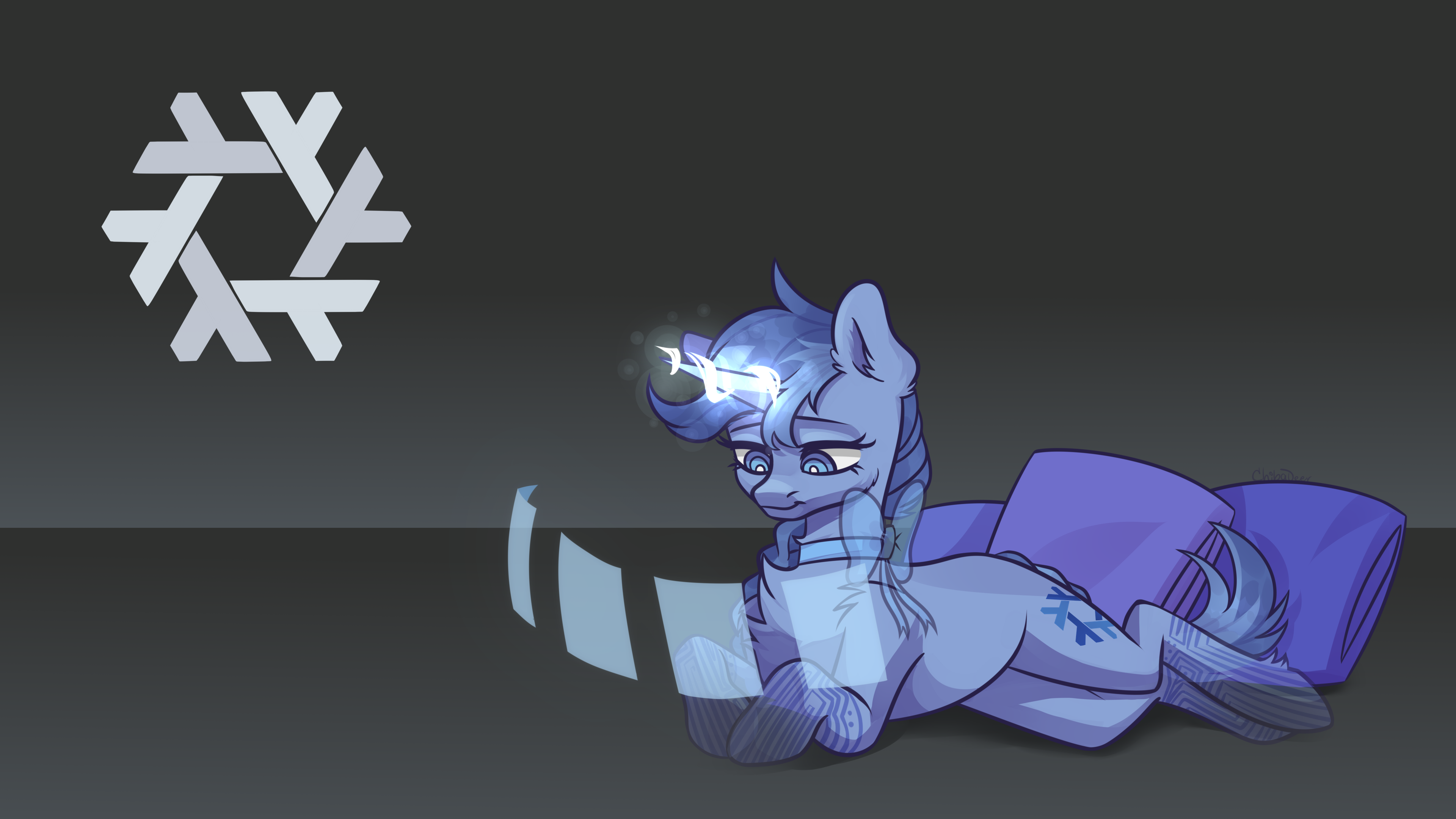- cross-posted to:
- nixos@lemmit.online
- nix@programming.dev
- nixos@lemmy.ml
- cross-posted to:
- nixos@lemmit.online
- nix@programming.dev
- nixos@lemmy.ml
Seeing this prompted me to do an experiment.
There was a time when Nixpkgs was smaller than the AUR. And, until recently, Nixpkgs was larger than the AUR but still smaller than the combination of the main Arch repos with the AUR.
As it turns out, the current total package count for Arch and the AUR is 85,819.
For nixpkgs unstable, that number is 88,768.
NixOS 23.05 Stable has 83,740.
And considering the mention of 9,147 new packages and 4,015 removed packages, that would mean that 23.11 would have a total of:
88,872 packages. This is more than the current figures for Nixpkgs unstable, but this is going off data from separate sources (NixOS devs and repology, with repology still being slightly outdated)
And, as such, I think it’s fair to say the winner is (drumroll please)…
The USER for having such incredible distributions, giving him the vast breadth of choice for what distro matches their workflow best.
Gender neutral him moment
Though the difference is AUR packages aren’t officially supported or tested and are commonly out of date. They also need to be built on your system
To be fair, the level of support for packages in nixpkgs is inconsistent. My config has a number of backported packages overlaid on top of nixpkgs where upstream is not up to date enough for me.
Package count is interesting to look at, but it doesn’t really give a good picture of software availability. Distributions will split or combine packages differently. For example, the AUR has both binaries and source versions available for many packages.
There may be more but that doesn’t mean that every Arch package is available on Nix
There is also nur (nix user repositories) which i think is more like AUR.
In my 4 years of intensively using Nix/NixOS, I’ve never used the NUR. I wouldn’t know what for tbh. as it’s easier for everyone to have things in Nixpkgs instead.
I’m new to NixOS. Do I have to do anything extra to update NixOS? Or do I just update my flake and run nixos-rebuild switch --flake like I normally do to update packages?
If you are using flakes you should check your flakes’ inputs (probably the one called
nixpkgs) and then change the URL to match the channel for 23.11. Finally, you should of course rebuild your system.I’m not sure (I’m about to install it for the first time - on this computer) - According to this all you need to do is:
# nix-channel --add https://channels.nixos.org/nixos-23.11 nixos # nixos-rebuild switch --upgradeThis procedure doesn’t work with flakes as they come with “channels included”.
What if I just want to upgrade some packages? Like not change channel, but Firefox needs an update? I’m not op and don’t use flakes btw
If using flakes you could just for instance add another input. You can also set the input URLs to specific states of the nixpkgs repository by eg referencing specific commits. Then, you should be able to just, e.g., pick Firefox from unstable, another package from the current stable channel, and maybe a broken package from a pull request fixing said package.
If you are not using flakes you can also add system wide channels. IIRC you can then import these channels into your configuration.nix and select packages from the corresponding channels. But here the channels/inputs are not part of configuration itself in contrast to when using flakes.
There’s no command to just update all packages without changing the nixos version?
I’m a bit confused about what you actually want? Do you just want to update your packages, but stay on the same NixOS version? Just continue like before. Do you want to stay on your current version, but use some packages from the next version? That should also be possible if you somehow include that channel in your
configuration.nix(though I don’t know how this would work in practice).Personally, I just run with
unstablethough, then the releases aren’t that important.I think I thought unstable would mean, well, unstable. Like nightly releases or something. Would you use unstable for Firefox?
I think unstable and the fixed versions use the same Firefox package, so you wouldn’t gain anything. The difference is rather in libraries that get used and how the distribution does things. For example, the changes listed in https://nixos.org/manual/nixos/stable/release-notes#sec-release-23.11-incompatibilities just appeared mostly one by one for me; one day, I wanted to update my system and got the error that the fonts option got renamed, so I had to change my configuration.
The fonts.fonts and fonts.enableDefaultFonts options have been renamed to fonts.packages and fonts.enableDefaultPackages respectively.
While when using a fixed point release, these changes won’t happen. Only when you switch releases. That’s what “unstable” refers to.
Update your channel & rebuild
Is that the equivalent to
apt updateandapt upgrade? I don’t want toapt dist-upgradelolWhen not using flakes,
nixos-rebuild switch --upgradeis equivalent toapt update; apt upgrade. The equivalent todist-upgradeisnix-channel add $NEW-CHANNEL-URL nixosand then performing a regular update.
You can add something like this to your config: https://stackoverflow.com/questions/48831392/how-to-add-nixos-unstable-channel-declaratively-in-configuration-nix
You just need to have it fetch the tarball for nixos 23.11 instead of nixos unstable.
You need to update your inputs so that you’re using the
23.11branch of nixpkgs instead of the old one. In my experience, a couple of things will break, but there’s usually warnings about it.Oh okay. That makes sense. I should have mentioned im using unstable as my inputs. So I assume I just need to update.
Edit: I just ran neofetch and apparently I’m already running NixOS 24.05. 👍
Yeah, as a nixos-unstable user, you’ve been running “23.11” for the past 6 months ;)
yeah if you’re using unstable than it’s rolling release and you just need to update regularly. the point releases shouldn’t matter too much

Wallpaper:

Does Nix need user namespaces, and does it allow good Sandboxing like Podman or Flatpak?
I’ve used flatpak in the past, and although you basically give up the declarative aspect they worked fine as far as I remember
That was not answering the question 😅
Ah, I think I see what you meant now. My bad!
Nix packages arent containerized by default. But since every depenedency is clearly defined. there are tools wrap packkages using bublewrap, or tools build layered docker imahes
But building packages happens in sandbox
Great thanks! So Fedora+Nix (maybe some hacky way to symlink it to
/var/nixon every boot and it can run on Atomic too)+bubblejail (there is a COPR now for use in secureblue) could be a great setup!Any info about namespaces? Hardened kernels block these for valid reasons. Flatpaks can use bubblewrap-suid, Podman is supposedly not compatible (not sure about that)
No idea, I use Gentoo
Okay, folks. NixOS needs your help. No bull. I’m talking documenters, designers, coders, package maintainers. Why? Because the NixOS community has a lot on it’s plate right now.
Like I can understand why flakes haven’t become standardised, why it’s still marked as unstable, even though it’s pretty much feature complete, and that’s because nix is a complex environment builder and the current contributes are taxed to the max.
But what is nix?
Nix’s job is to create reproducible environments where you can put any library, any service, any application. It does this through compile time flags and modifying ELF headers to isolate applications on a system to their own, exclusive UNIX path. These are linked together as clojures, or a dependency graphs, that can share libraries, applications and services intetchangably with each othet, or use another version or patched version without causing any dependency conflicts.
You can fire up pretty much whatever you want and it will be reproducible elsewhere. It’s like if you took a package manager, build environments, as well as VMs and micro services and make them kiss.
You can spin up a nix environment on any supported system and expect it to run 1:1. This however breeds complexity and there’s a lack of NixOS contributors.
If only you spin up a nix environment on a VM or use it to replace your current build systems (because nix can use several build systems in one single environment), and then contribute back with some changes to nixpkgs, then you are helping to bring about the most powerful deployment tool since kubernetes.
No joke. Check out how you can contribute, because at the end of the day learning nix is gaining a new superpower.
This bug still exists (using nix-channel without name causes errors, a basic feature IMO) so watch out.
Unfortunately nix still needs work on it’s UX.
Yeah. The UX is not in a great state. This is not an euphemism though, I think the UX is OK for advanced users, but getting used to it takes time.
Honestly given the choice I prefer the status quo, good fundamentals and clunky UX compared to the other way around – it’s all volunteer work and that’s a finite resource.
Can someone please point me to a repo with a nix configuration for a desktop setup with a minimum of KDE? Bonus points for it being more like Fedora.
There’s an installer that makes a basic config for you where you can choose KDE as your DE.









